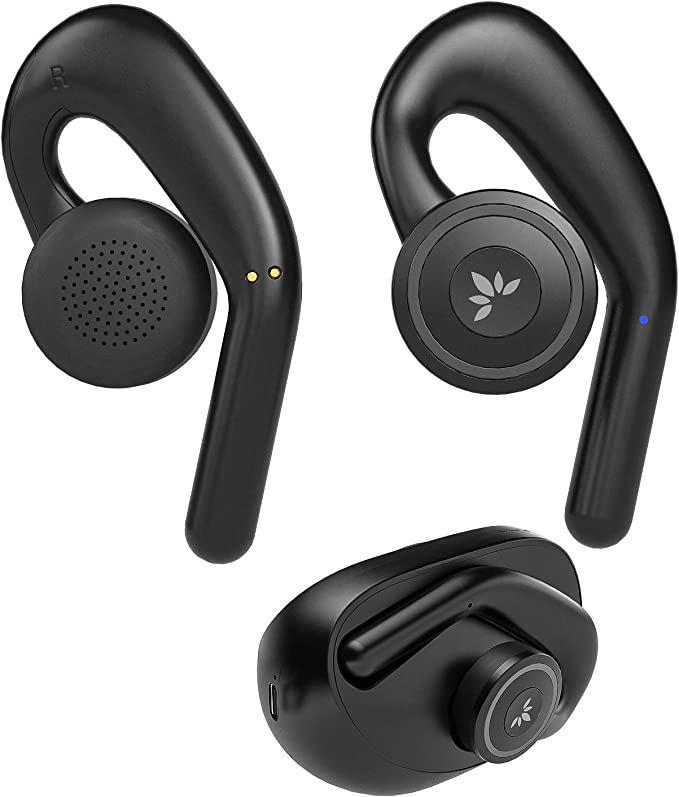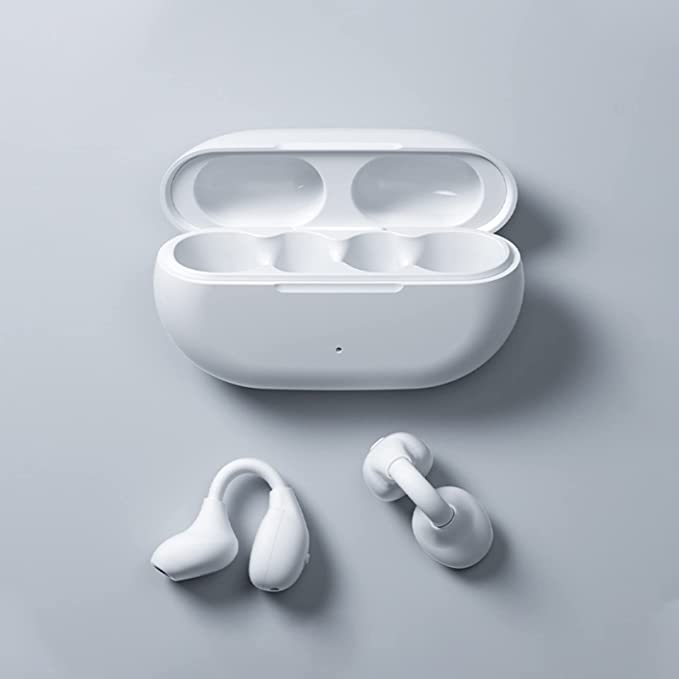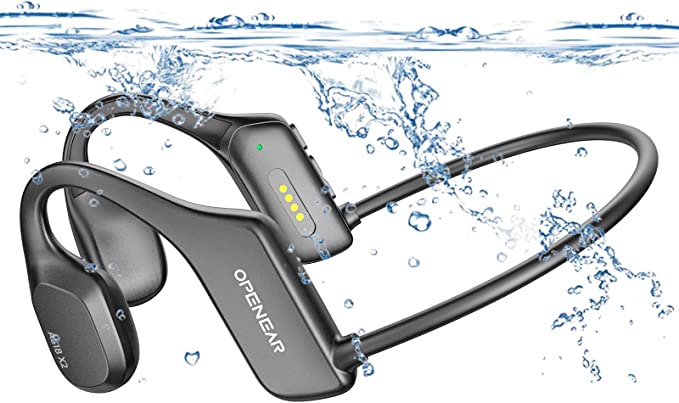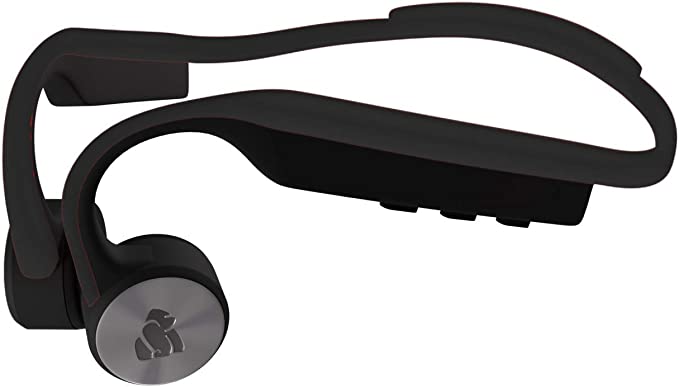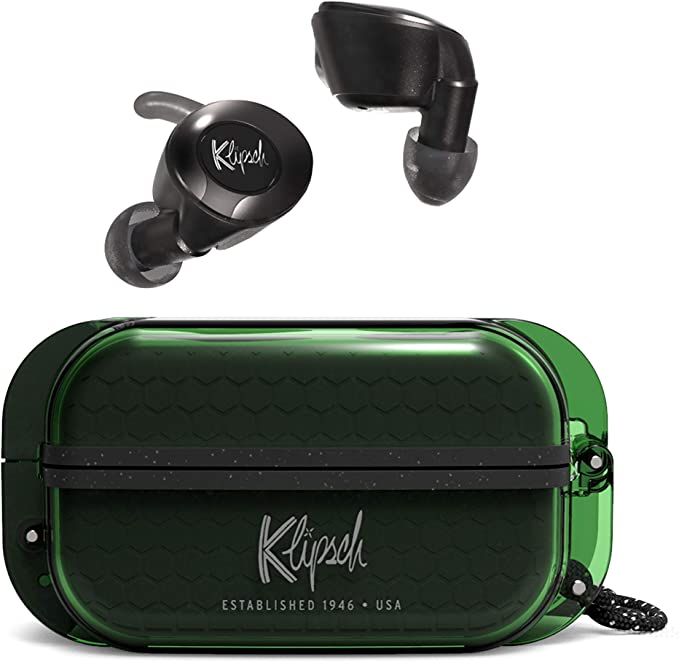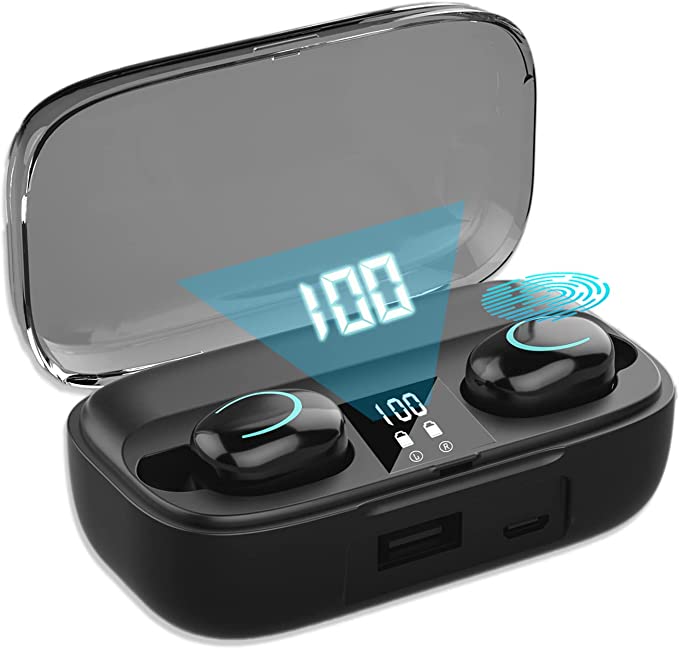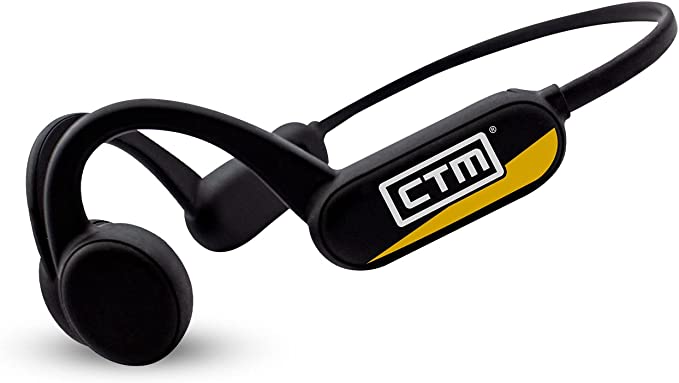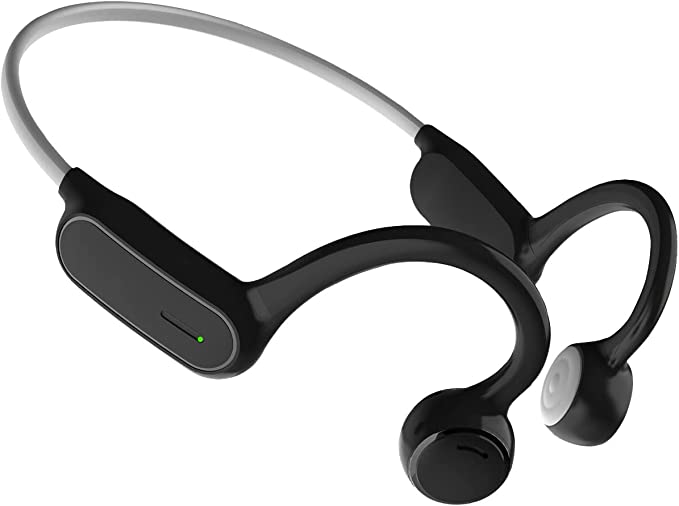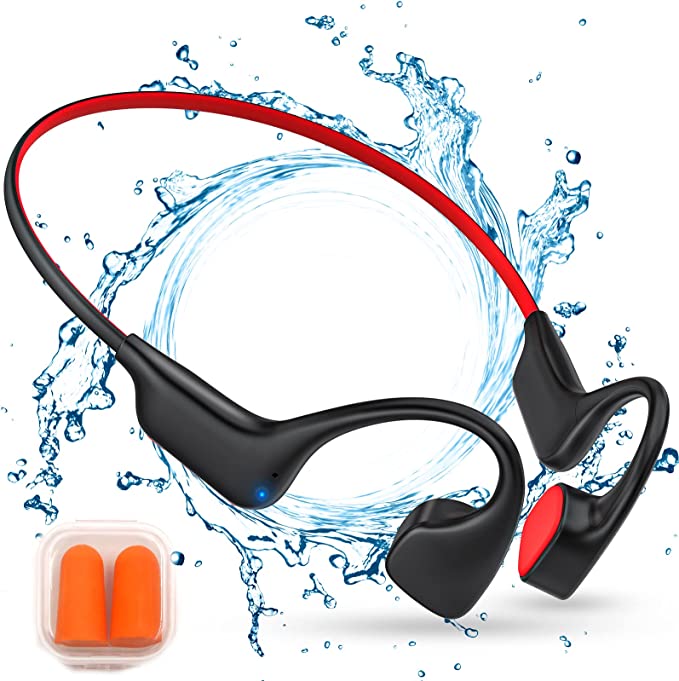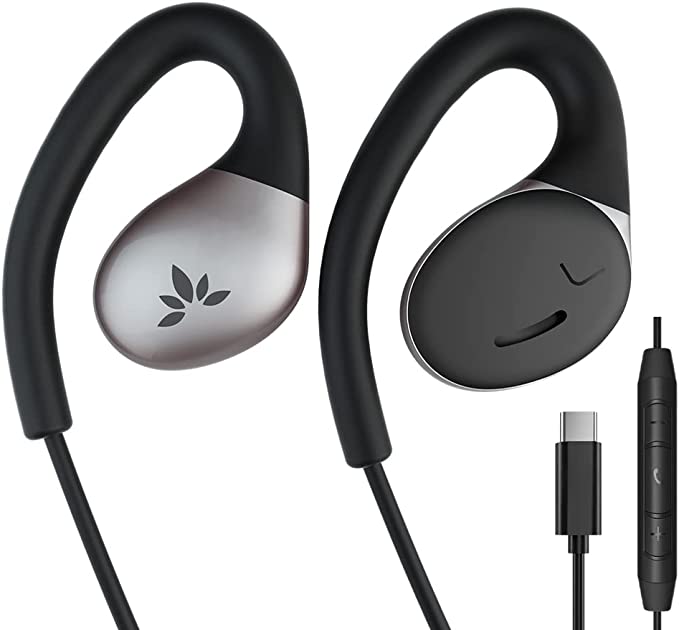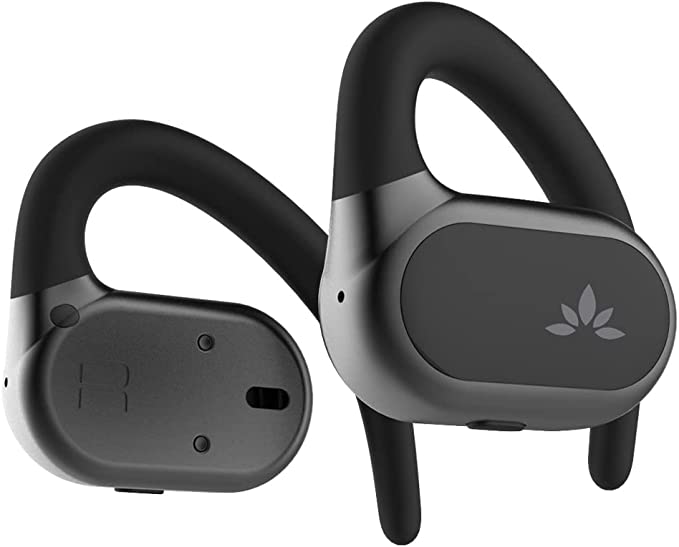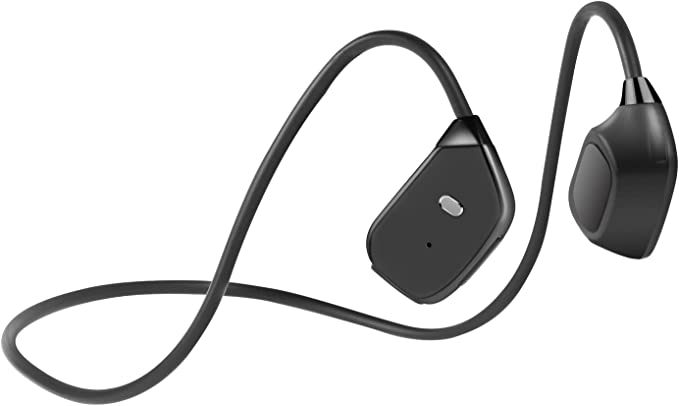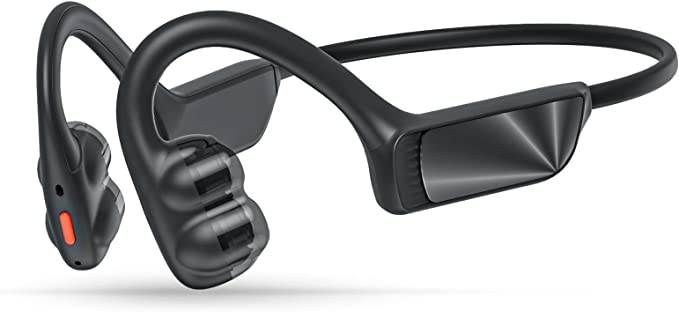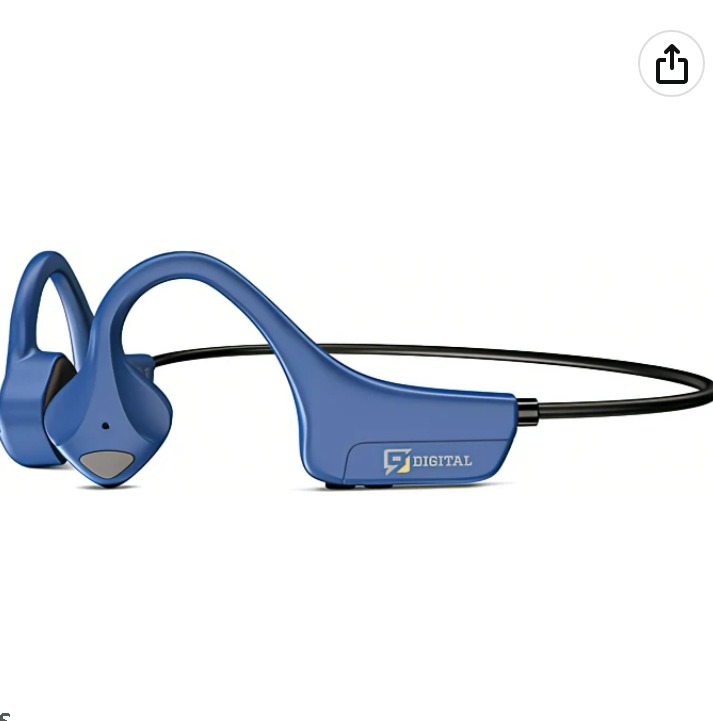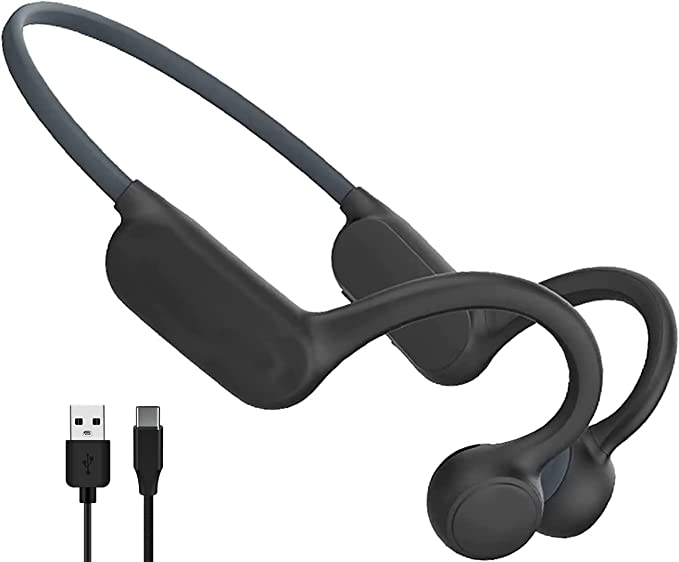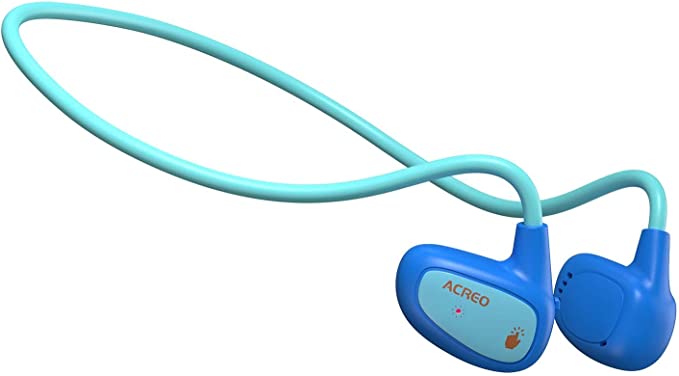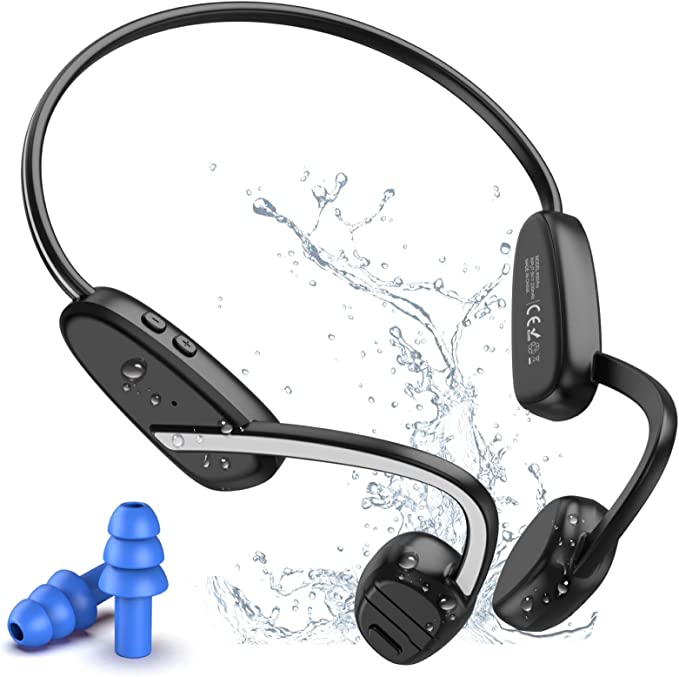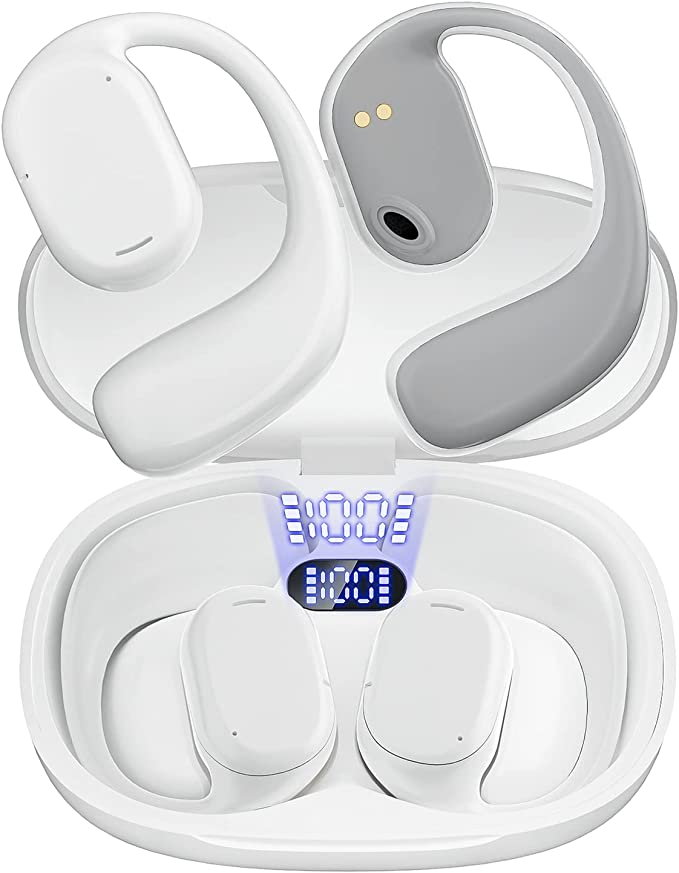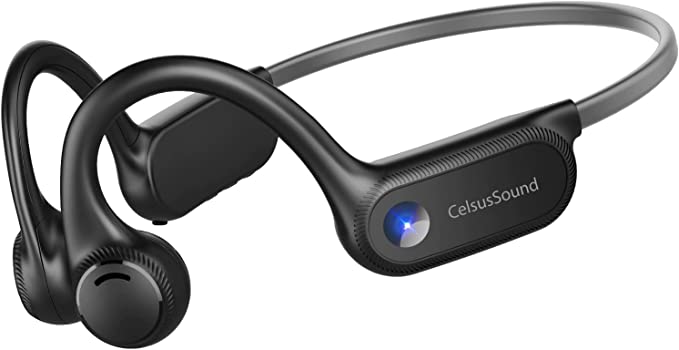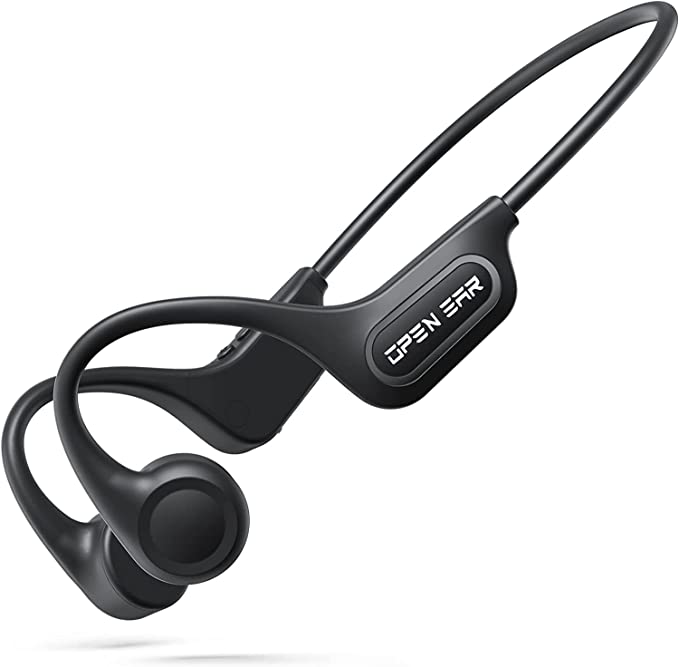The Physics of "Open-Ear": Deconstructing the Jabra Elite Active 45e for Runners
Update on Nov. 23, 2025, 5:19 p.m.
In the pursuit of audio immersion, the headphone industry has largely moved towards total isolation. Active Noise Cancellation (ANC) and silicone tips that hermetically seal the ear canal are the current gold standards. However, for a specific subset of users—urban runners, trail cyclists, and outdoor athletes—this isolation represents a critical flaw, not a feature.
The Jabra Elite Active 45e is an artifact of a different design philosophy. It eschews the seal in favor of an Open-Ear Architecture. To understand why this device exists (and why it retains a loyal following despite its age), we must look beyond standard audio metrics and delve into the biomechanics of running and the acoustics of safety.

The Occlusion Effect: Why Runners Hate Sealing Earbuds
Have you ever plugged your ears with your fingers and spoken? That booming, hollow sound of your own voice is known as the Occlusion Effect.
When we run or walk, impact vibrations travel through our skeleton to the skull.
* Open Ear Canal: Normally, these low-frequency vibrations escape through the open ear canal
.
* Sealed Ear Canal: Standard earbuds trap these vibrations in the cartilage cartilage, creating a pressurized chamber. This amplifies the “thud-thud” of your footsteps and the sound of your own breathing by up to 20dB in the low frequencies.
For distance runners, this internal cacophony can be disorienting and fatiguing. The Jabra Elite Active 45e utilizes an EarGel design that deliberately does not seal the canal. It sits at the entrance, allowing air pressure to equalize. * The Result: The “thud” of footsteps escapes. The user hears their music mixed naturally with the environment, not competing with their own internal biology.
Situational Awareness: The Acoustic Survival Mechanism
While “Transparency Modes” on modern ANC headphones attempt to replicate the outside world using microphones, they are digital approximations. They often struggle with wind noise and directional accuracy.
The Elite Active 45e offers Passive Transparency. Because the ear canal is physically open to the air, sound waves from approaching traffic, bicycle bells, or other pedestrians reach the eardrum directly, without processing latency or digital artifacts. * Spatial Orientation: This unblocked path preserves the pinna’s (outer ear) natural ability to filter sound, maintaining the brain’s ability to spatially locate hazards. For urban athletes sharing the road with vehicles, this is a non-negotiable safety protocol.

Biomechanics of Stability: EarWings and EarHooks
Securing an audio device to a moving human head is a complex engineering challenge. Sweat reduces friction, and impact forces generate constant vertical displacement. Relying solely on an ear tip for grip (like most TWS buds) often leads to slippage.
The Elite Active 45e employs a Dual-Retention System:
1. EarHooks: These provide a gross stabilization mechanism, hooking over the helix of the ear to counter gravity and vertical shock.
2. EarWings: These smaller, internal fins tuck into the concha (the bowl of the ear), providing lateral stability and preventing the nozzle from shifting position.
This mechanical redundancy ensures the device stays fixed without requiring the high pressure of a tight ear canal seal, addressing the “comfort vs. stability” trade-off common in sports audio.

Durability Engineering: Defining IP67
“Waterproof” is a vague marketing term. IP67 is a rigorous industrial standard defined by the IEC. * The ‘6’ (Dust Tight): The highest level of solid particle protection. For trail runners, this means fine silica dust or chalk cannot penetrate the housing to damage the electronics. * The ‘7’ (Liquid Immersion): The device can withstand submersion in 1 meter of water for 30 minutes.
Crucially, Jabra backs this with a 2-year warranty against sweat and dust. Sweat is more corrosive than fresh water due to its salt content (electrolytes), which accelerates oxidation on charging contacts. Achieving an IP67 rating implies the use of hydrophobic nanocoatings and robust gasketing on the internal PCB, making the device impervious to the saline environment of high-intensity training.

The Trade-Off: Bass Physics
It is scientifically honest to address the trade-off of open-ear designs: Bass Leakage. Low-frequency sound waves are omnidirectional and require a pressurized environment to be perceived with impact. Without a seal, much of this bass energy dissipates into the air before stimulating the eardrum.
Users expecting the chest-thumping bass of a sealed in-ear monitor will be disappointed. However, this is not a defect; it is physics. The Elite Active 45e is tuned to prioritize mid-range frequencies (vocals, podcasts) and situational awareness over sub-bass extension. For the target audience—who prioritizes hearing a car horn over hearing a sub-bass drop—this is the correct engineering choice.
Conclusion: The Right Tool for the Road
The Jabra Elite Active 45e is not a product for audiophiles seeking isolation in a library; it is a specialized tool for athletes navigating a chaotic world. By understanding the science of the Occlusion Effect and the necessity of Passive Transparency, we can appreciate why this form factor endures. It represents a conscious decision to prioritize safety, biomechanical comfort, and environmental connection over pure acoustic isolation.

